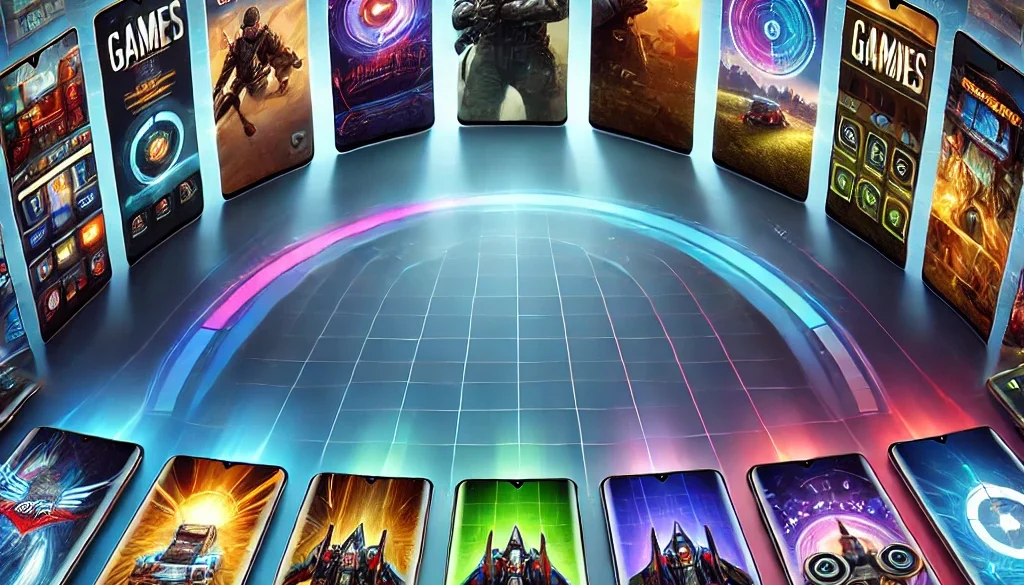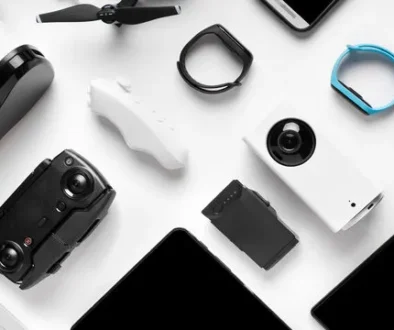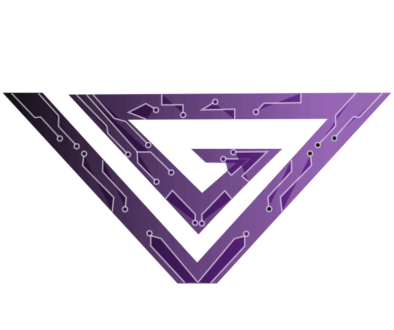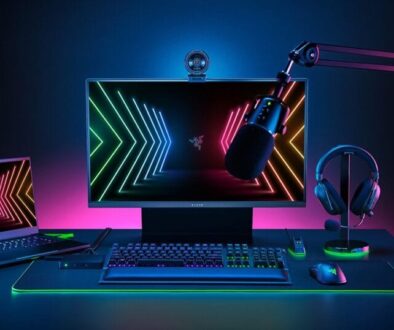Gaming Phones: Devices Running Console Games With Smaller Screens
Now, now, I know I haven’t posted in this category for quite some time now. And that’s why we’re here today! I had promised a blog on PC peripherals, but before that, I think I should do our mobile gaming friends some justice and make a blog about them too. Especially since phones are becoming more and more capable of doing heavy tasks that would’ve required a laptop some few years ago. I do know there hasn’t been any mobile game release recently that would push these top phones to their limits, but hey! Who can predict the future?
Sup peeps, Sloth here, and if you haven’t guessed already, today’s topic will be mobiles and their specs. We’ll go from low-range to mid-range, to top-of-the-line phones, where basically every mobile is a premium gaming one. Let’s begin, shall we?
Starting with lower budget phones, we got the Infinix GT 20 Pro at $259 approximately. It shares many similarities with its predecessor, Infinix GT 10 Pro, with the boxy body, sharp edges, the three rear cameras with neon strips in the background, and more. It is 7 grams heavier too, with 194 grams. We have the volume and power buttons on the right and a USB Type-C port at the bottom. Sadly, there’s no 3.5 mm audio jack. Let’s talk about the gaming aesthetics. There’s an RGB light setup at the back, with 8 colour combinations and 4 lighting effects. You can not only set custom lights for specific notifications, but the lights also adjust to the beats of the music you’re playing and sync with the game you’re running for that cool gamer look. The phone itself comes in 3 colour variations, Mecha Orange, Mecha Silver and Mecha Blue.
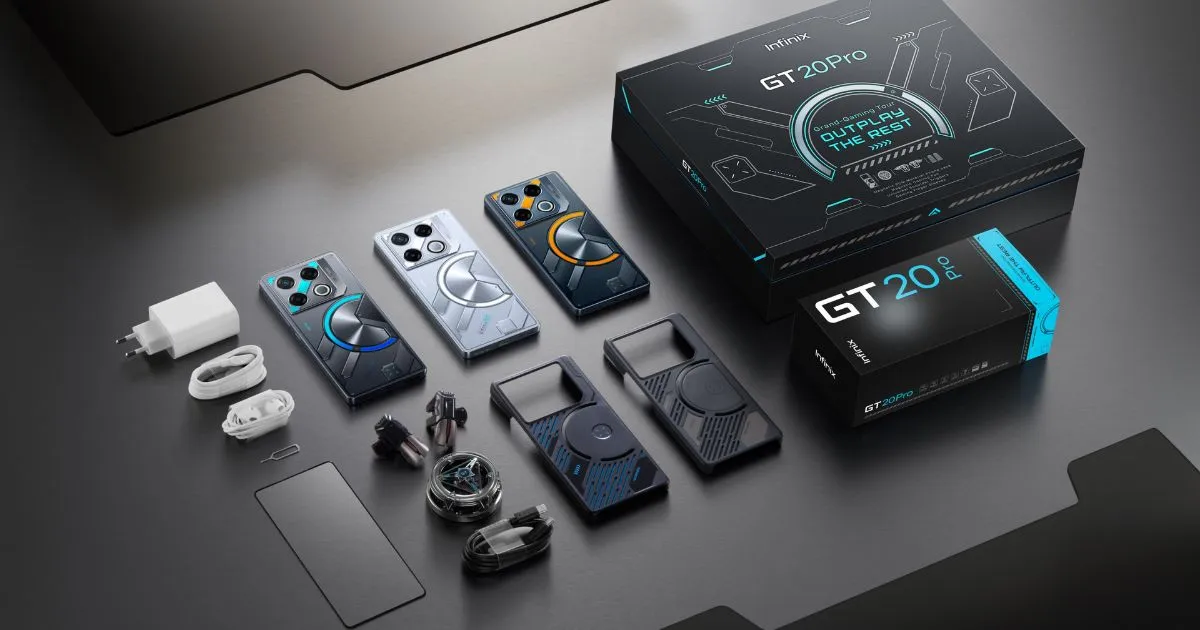
The Infinix GT 20 Pro offers a 6.78-inch (17.22 cm) Full-HD+ (1080×2346 pixels) AMOLED flat display with 144 Hz refresh rate and 1300 nits peak brightness. It features dual stereo JBL speakers. With MediaTek Dimensity 8200 Ultimate, 8 GB/12 GB LPPDR5X RAM and 256 GB 3.1 storage, it’s AnTuTu score is… wait for it… 936985!!! Yes, close to a million and it’s not even $300! It even has a dedicated graphics chip made with PixelWorks which enhances SDR content to HDR. It utilises VC Liquid cooling tech, and also has a GT Cooling Fan you can buy separately for greater cooling. There is a 108 MP main camera with OIS, and two 2 MP cameras for macro and portrait shots. It also has a 32 MP punch-hole front camera. Speaking of battery, it has 5000 mAh and 45 W charging. In PCMark’s battery test, it took nearly 10 hours for the battery to drop from 100 to 20 percent. In short, this phone is perfect if you’re a gamer with a tight budget. But keep it in mind, there are other phones with better cameras in this segment.
Moving over to mid-budget, we have OnePlus 12R at $499, for those who want a flagship phone but at a lower price. The display looks premium, with curved glasses on the front and back and a solid matte aluminium frame. There are 3 colour variants, Iron Gray, Cool Blue and Sunset Dune. It’s got that big circular camera module that can only be found in OnePlus mobiles. It features a 6.78-inch (17.22 cm) AMOLED curved display (2780×1264 pixels) with 120 Hz refresh rate and 4500 nits peak brightness. It has IP64 rating, stereo speakers and weighs 207 grams. There is also an IR sensor at the top and an alert slider on the left. You also get features like Dolby Vision and HDR10+ support.
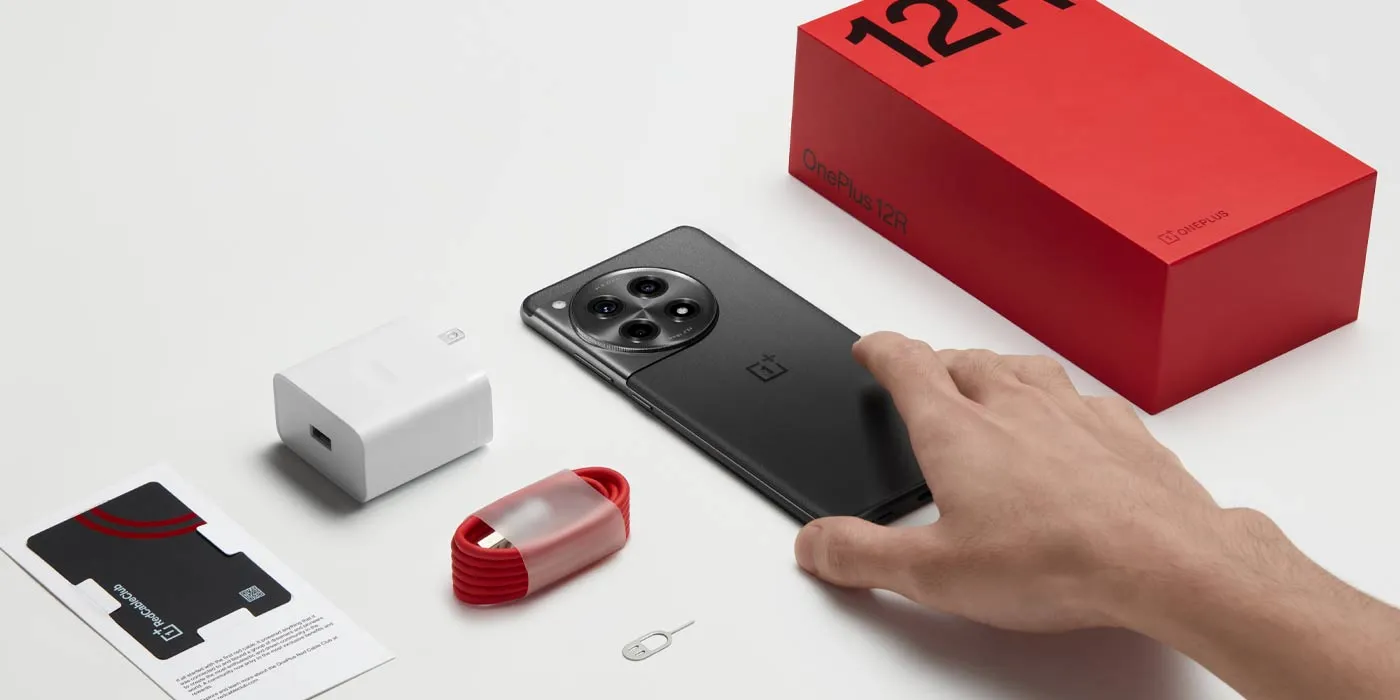
It is powered by Snapdragon 8 Gen 2 with 8 GB/16 GB LPDDR5X RAM and 128 GB UFS 3.1/256 GB UFS 4.0 storage, and offers OxygenOS 14 based on Android 14. Its AnTuTu score is 1473559. OnePlus promises 3 years of software updates and 4 years of security updates for the OnePlus 12R, a year less than what the company is offering with the OnePlus 12. The camera department sets this phone fairly apart from the flagships, as it uses the same cameras it did in OnePlus 11R. A 50 MP Sony IMX890 main camera with OIS, 8 MP ultra-wide, 2 MP macro and 16 MP front camera. You can record steady videos up to 4K 60 fps with the primary sensor.
It has a 5500 mAh battery and 100 W charging support. The phone also delivered an impressive 20 hours in the PCMark battery test. The R series in OnePlus’ lineup has reached a point where you question whether it makes sense to invest in the brand’s premium flagship. The OnePlus 12R gets several terrific upgrades which would make me suggest it over the OnePlus 12 purely for the value it offers, with the camera being the only downside. Simply put, I would recommend the OnePlus 12R to anyone looking for a fast Android phone with a clean software experience and good battery life, but not to someone looking for pro-grade cameras.
At the top budget, almost every phone can run games extremely well. There’s iPhone 16 Pro Max and Samsung S25 Ultra for those who want cameras, performance and display all together, but we will focus on two other phones. First, Asus ROG Phone 9 Pro has 6.78-inch (17.22 cm) AMOLED display with 2500 nits peak brightness and 165 Hz, with a Game Sense feature that bumps it up to 185 Hz. It also has IP68 dust and water resistance. Gaming is still where Asus’ smartphones set themselves apart, and AirTriggers, Asus’ version of shoulder buttons, is one of the most unique ways that they do so. They also have haptic feedback for added immersion. There’s an AniMe version that creates a display on the back with 648 LEDs. You can display time, battery level, a custom GIF or even play a couple of games.
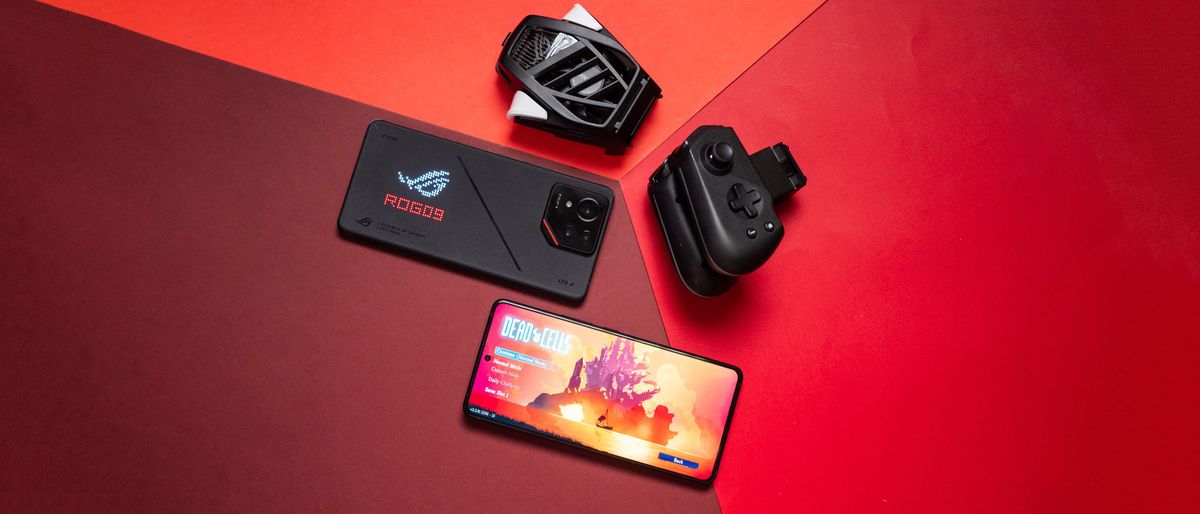
As one would expect from a flagship smartphone, especially one focused on performance, the Asus ROG Phone 9 Pro boasts a Snapdragon 8 Elite chip, with a whopping 24 GB LPDDR5X RAM and 1 TB 4.0 storage. The cameras include a 50 MP Sony Lytia 700 main camera with 6-axis hybrid gimbal image stabilization, 32 MP telephoto camera, 13 MP ultrawide camera and a 32 MP front camera. There is a 5800 mAh battery and supports 65 W fast charging. The AnTuTu score is 3110000 and gave more than 13 hours in the PCMark test.
The 2nd phone we will talk about is the REDMAGIC 10 Pro featuring a 6.85-inch (17.39 cm) AMOLED display with 2000 nits peak brightness and 144 Hz refresh rate. It comes in 4 colour variants, Moonlight, Dusk, Shadow and Lightspeed. Speaking of performance, it has the Snapdragon 8 Elite chipset too, with 24 GB LPDDR5X Ultra RAM and 1 TB UFS 4.1 Pro ROM, making multi-tasking a breeze, even more so than other flagships. It also has an AI-powered chip, the Red Core R3 for double frame insertion, 2K upscaling and more. As usual, it has dual stereo speakers, enhanced by DTS Ultra certification and Qualcomm Snapdragon sound.
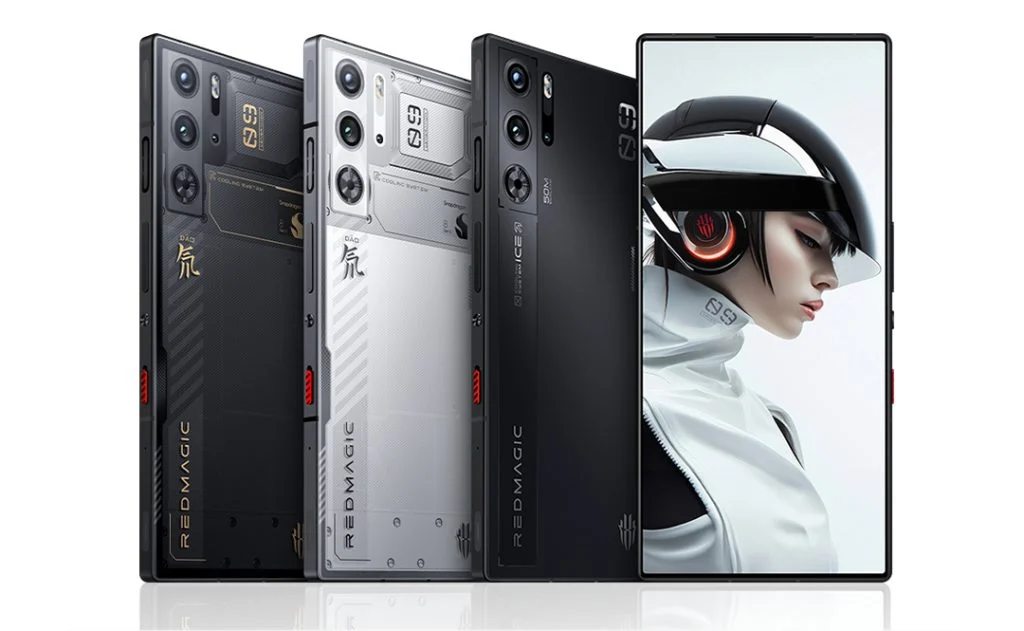
The cameras are a 50 MP main camera with OIS (duh), a 50 MP ultrawide, a 2 MP macro and a 16 MP under display front camera. Yes, the front camera is under the screen, so its not visible. You can record 8k videos at 30 fps with the main camera. And there’s no camera bump on the back, the body is fully flat. And… that starts the list of unique features this phone has. There’s a 7050 mAh dual battery and 100 W fast charging. The thing that sets this phone completely apart? A high-speed turbofan that has cool RGB lights and a speed of 23000 RPM. The AnTuTu score is 3102960 and PCMark test gives 11 hours.
So, that was it for today. Hope you found something to your liking. There are many other phones you can game on, but that would make the blog too long. Let us know down in the comments which phone you’re using and/or plan to buy. Moral of the blog? I’ll probably buy Nothing 3a Plus when it comes out. So long, peeps. Happy procrastinating!
Discover more from Ge-erdy Verse
Subscribe to get the latest posts sent to your email.
